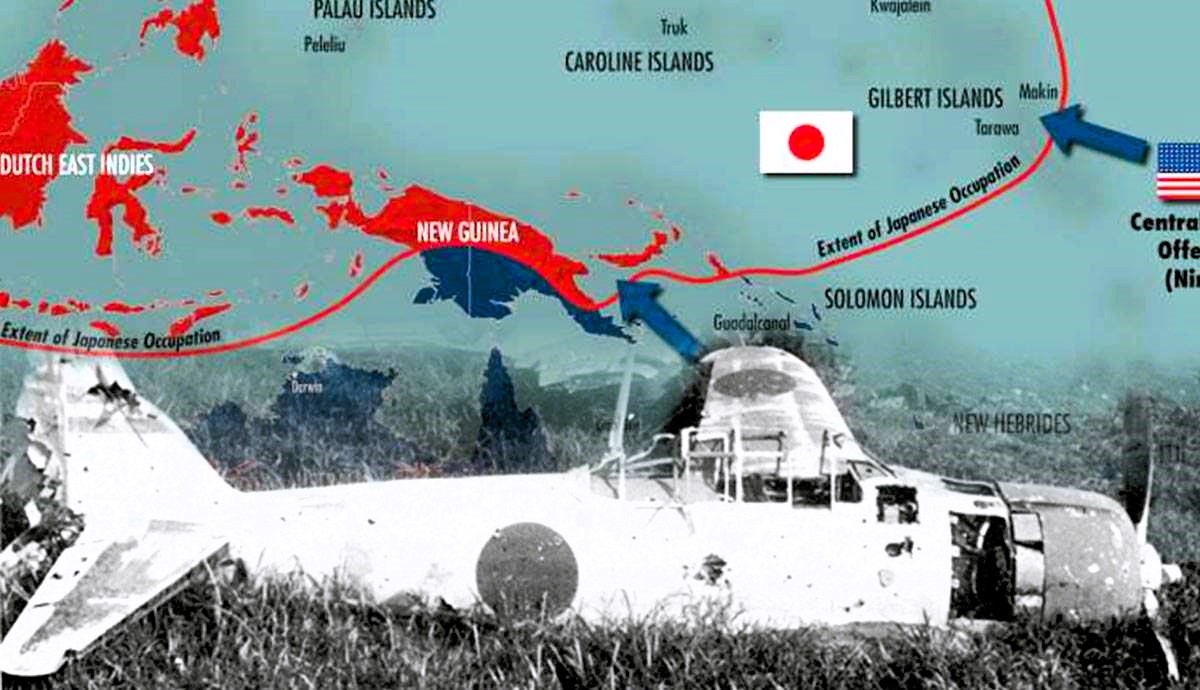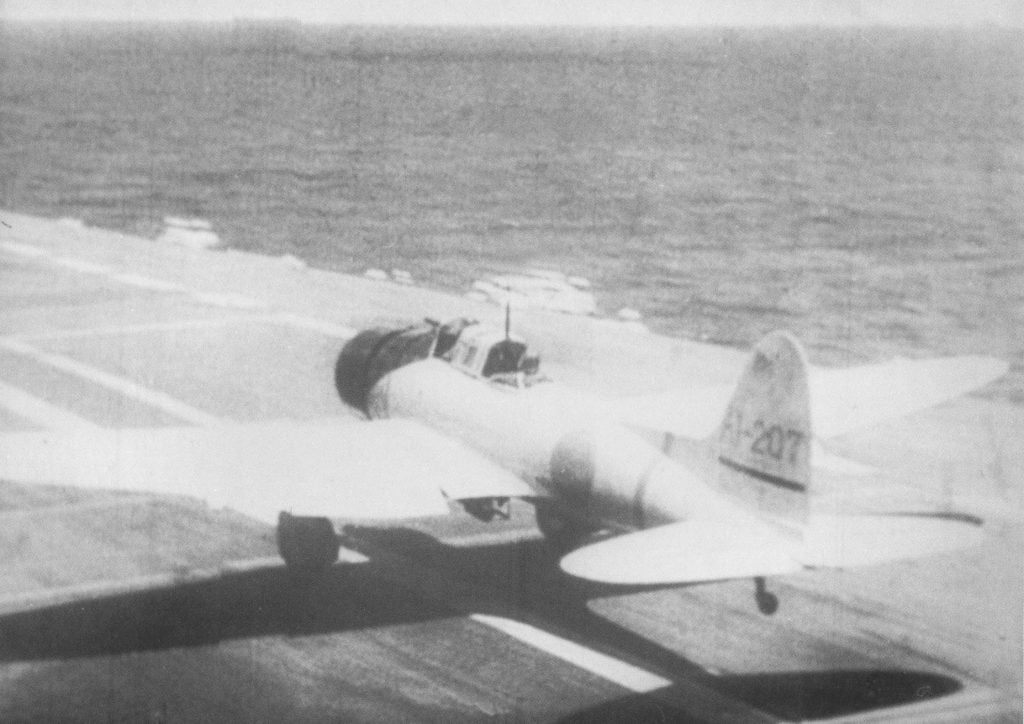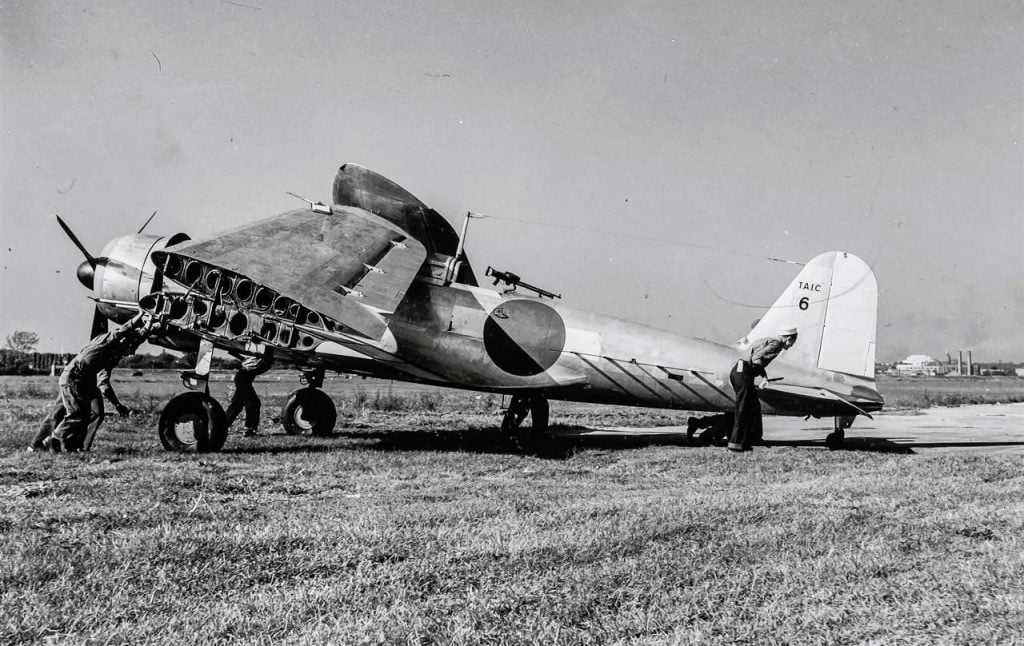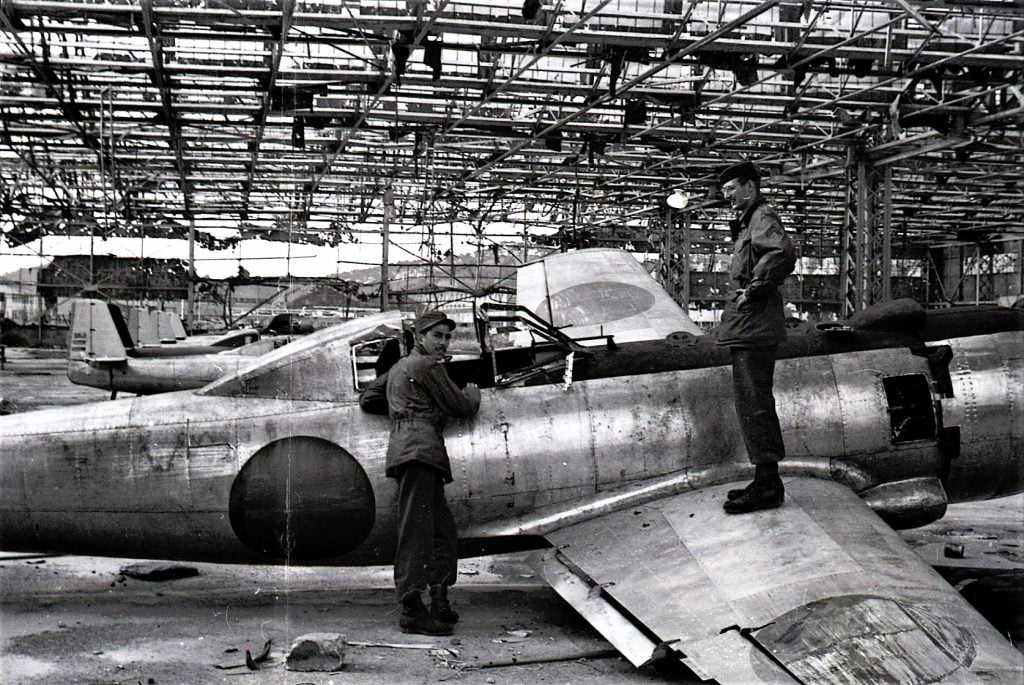The Imperial Japanese military’s aviation forces played a pivotal role in the early stages of World War II, showcasing their technological prowess and strategic prowess. However, as the conflict progressed, the tides began to turn, and the once-formidable Japanese air power found itself increasingly outmatched by the superior capabilities of its adversaries. In this comprehensive article, we delve into the fascinating history of the Top 5 Japanese Aircraft of WWII that left an indelible mark on the Pacific Theater, exploring their strengths, weaknesses, and the broader impact they had on the course of the war.
1. Mitsubishi A6M Zero
The Mitsubishi A6M Zero, also known as the “Rei-sen,” was the backbone of the Imperial Japanese Navy’s air power during the early years of the Pacific War. Introduced in 1939, the Zero boasted exceptional range, maneuverability, and firepower, making it a formidable opponent for Allied pilots. The aircraft’s long-range capabilities allowed Japanese forces to strike deep into enemy territory, while its agility in the air gave it a distinct advantage in dogfights. The Zero quickly gained a reputation as the most capable carrier-based fighter of its time, playing a crucial role in the Japanese victories at Pearl Harbor, Coral Sea, and Midway.
However, as the war progressed, the Zero’s weaknesses began to surface. Its light construction and lack of armor made it vulnerable to the more heavily armored and powerful American fighters, such as the Grumman F4F Wildcat and the Vought F4U Corsair. By the latter stages of the conflict, the Zero had become increasingly outclassed, leading the Japanese to rely on desperate kamikaze tactics to compensate for their declining air superiority.
5 Key Points On The US Joint Strike Fighter (JSF) Program
2. Aichi D3A
The Aichi D3A, or “Val” as it was known, was the primary dive bomber of the Imperial Japanese Navy during the early stages of the Pacific War. Introduced in 1938, the D3A proved to be a highly effective and versatile aircraft, capable of delivering devastating attacks on enemy ships and ground targets. The D3A’s precise diving capabilities, coupled with its heavy payload of bombs, made it a formidable weapon in the hands of skilled Japanese pilots.
The D3A’s crowning achievement came during the attack on Pearl Harbor, where it played a crucial role in sinking or damaging multiple American battleships. Throughout the war, the D3A continued to wreak havoc on Allied forces, contributing to the sinking of several aircraft carriers, including the USS Yorktown, Hornet, and Lexington. However, as the war progressed, the D3A’s shortcomings, such as its limited defensive armament and lack of maneuverability, became increasingly apparent, leading to its eventual replacement by more advanced dive bombers.
3. Nakajima B5N
The Nakajima B5N, or “Kate” as it was known, was the primary torpedo bomber of the Imperial Japanese Navy during the early stages of the Pacific War. Introduced in 1937, the B5N was a highly capable and versatile aircraft, capable of delivering devastating torpedo attacks on enemy ships. The B5N’s impressive range, speed, and payload capacity made it a formidable weapon in the hands of Japanese pilots.
The B5N’s crowning moment came during the attack on Pearl Harbor, where it played a crucial role in sinking or damaging multiple American battleships, including the USS West Virginia, California, Oklahoma, Utah, and the catastrophically destroyed USS Arizona. The B5N’s success at Pearl Harbor cemented its reputation as a highly effective and feared weapon in the Japanese arsenal.
However, as the war progressed, the B5N quickly became obsolete, outclassed by more advanced American and British torpedo bombers. With no viable replacement, the Japanese were forced to continue using the B5N, even going so far as to convert some of them into kamikaze aircraft in a desperate attempt to turn the tide of the war.
Top 5 Countries Advancing in Hypersonic Missile Technology
4. Mitsubishi Ki-21
While the British and Americans dominated the heavy bomber landscape during World War II, the Japanese also produced their own fleet of heavy bombers, one of the most notable being the Mitsubishi Ki-21, or “Sally” as it was known. Introduced in 1936, the Ki-21 was a capable heavy bomber that saw action in the early stages of the Pacific War, participating in campaigns in China, Malaya, Burma, the Dutch East Indies, and even raiding northern Australia.
Despite its initial success, the Ki-21 quickly became outclassed by the more advanced heavy bombers of the Allies, such as the American B-17 Flying Fortress and the British Avro Lancaster. As a result, the Ki-21 was relegated to secondary roles, including serving as a trainer aircraft and being converted into transport planes. While not as iconic as the Zero or the D3A, the Ki-21 nonetheless played a significant role in the early stages of the Pacific War, showcasing the Japanese military’s ambitions to develop a formidable heavy bomber force.
5. Nakajima Ki-115 Tsurugi
As the tide of the war began to turn against Japan, the Imperial Japanese military found itself increasingly outmatched by the technological and industrial might of the Allies. In a desperate attempt to turn the tables, the Japanese resorted to the use of kamikaze attacks, employing specially-designed aircraft to carry out suicide missions against enemy targets.
One of the most notable examples of these kamikaze aircraft was the Nakajima Ki-115 Tsurugi, or “Sabre.” Introduced in 1945, the Tsurugi was a crude, cheap, and rudimentary aircraft designed specifically for one-way attack missions. Stripped of all but the most essential components, the Tsurugi was a symbol of Japan’s collapse in the face of Allied advances, a far cry from the technologically advanced and formidable aircraft that had once defined the Japanese air force.
The Tsurugi’s simplistic design and lack of advanced features reflected the dire situation faced by the Japanese military, as they were forced to resort to desperate measures to try and stave off defeat. While the Tsurugi never achieved the same level of notoriety as the Zero or the D3A, it nonetheless stands as a poignant reminder of the lengths to which the Japanese were willing to go in their ultimately futile struggle against the overwhelming might of the Allied forces.
Boeing F-15EX Eagle II: All You Need To Know About This Multirole Striker
Conclusion
The aircraft of the Imperial Japanese military during World War II represented a unique and fascinating chapter in the history of aviation. From the legendary Mitsubishi A6M Zero to the desperate Nakajima Ki-115 Tsurugi, these aircraft played a pivotal role in shaping the course of the Pacific Theater. While some, like the Zero and the D3A, achieved lasting fame, others, such as the Ki-21 and the Tsurugi, have been largely forgotten by history.
Nonetheless, the story of these aircraft and the men who flew them serves as a powerful reminder of the immense sacrifices and struggles that defined the Pacific War. As we reflect on this history, we gain a deeper appreciation for the technological and strategic advancements that transformed the nature of aerial combat, and the lasting impact that these aircraft had on the outcome of the conflict.
FAQs
1. What was Japan’s best plane in WWII?
The aircraft was known by the Allied reporting name “Frank” and designated by the Japanese Army as the Army Type 4 Fighter. Widely regarded as the premier Japanese fighter deployed in significant numbers during the war, the Ki-84 holds this distinction.
2. What was the best Japanese aircraft carrier in ww2?
Submerged for 81 years, the Japanese aircraft carrier Akagi, once among the most formidable warships of its era, resurfaced to human sight following its loss at the Battle of Midway.
3. What was the Japanese secret aircraft in ww2?
During World War II, the Nakajima Kikka became Japan’s sole operational jet aircraft. In September 1944, the Japanese Naval Staff instructed Nakajima to develop a twin-jet attack aircraft inspired by the German Messerschmitt Me 262.
4. What was the most feared Japanese plane in ww2?
The Zero, the primary adversary of the Allies in the Pacific air conflict, stands as the iconic representation of Japanese air strength in World War II. Its maiden flight took place in April 1939, and between 1940 and 1945, Mitsubishi, Nakajima, Hitachi, and the Japanese navy collectively manufactured 10,815 Zeros.
5. What was the greatest Japanese warship?
Yamato























